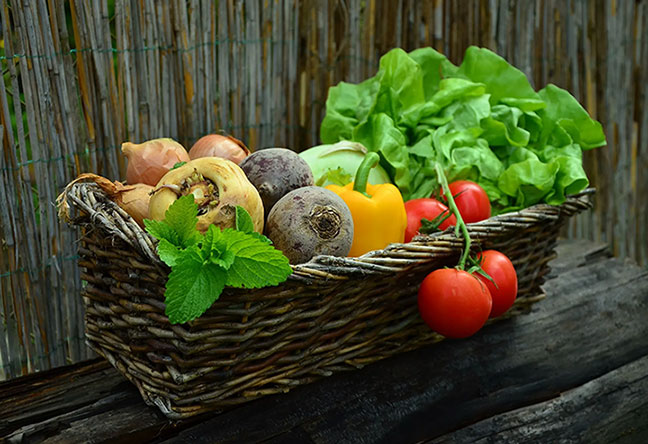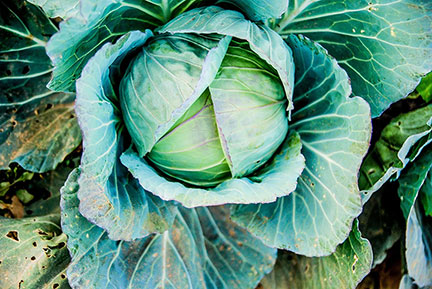By Mississippi Extension Service//
Fall gardening is the way to have fresh vegetables right into winter. Many fall gardens are carried over from summer gardens. Tomato plants, okra, peppers, and eggplant, if cared for during the summer, continue to produce until cold slows them down and frost kills them.
Keep summer garden going
To keep these vegetables producing, control insects and diseases, keep the plants watered and fertilized, and don’t let the garden grow up in grass and weeds. A good fall garden, however, is not just keeping the summer garden alive. It means planting new vegetables to produce in fall and early winter.
Cool-weather veggies
Many cool-weather vegetables normally planted in spring grow and produce better in the fall, since they mature as the weather cools. When wet weather causes a delay in planting early spring vegetables (past a time when they can be expected to mature before hot weather destroys them), a fall garden provides a second opportunity. Chinese cabbage (very sensitive to heat) and rutabagas (require a long period of cool weather) are two cool-weather vegetables recommended for planting only in the fall.
Warm-season vegetables planted in midsummer for fall harvest require additional time to mature as the weather cools in September and October. Choose planting dates in midsummer that allow these vegetables to mature before frost.
The median dates of the first freezes (temperatures equal to or lower than 32 ºF) in the fall is Nov. 13-Dec. 2 for the lower Coast counties.
What to plant? Vegetables typically planted in a fall garden:
Bush snap beans, beets, broccoli, cabbage, carrots, cauliflower, chard, Chinese cabbage, kohlrabi, lettuce, mustard, onions, radishes, rutabagas, spinach and turnips.
Protect young plants
The hot, dry weather in July, August, and September is hard on germinating seeds and young seedlings. Germination and seedling survival is improved if one of these methods is used:
- Water a day or two before planting so seeds are planted in moist soil. Watering after planting can cause the soil surface to pack and crust.
- Plant seeds in moist soil and cover with moistened, non-crusting materials: a mix of peat moss and vermiculite or composted sawdust and sand. Keep the surface moist during germination and seedling establishment.
Plant three to five seeds of the small-seeded vegetables like broccoli and cabbage at the recommended final plant spacing in the garden row. Once the seedlings are established, thin the seedlings to one plant at each location.
Start with transplants
Start vegetable transplants for the fall garden in individual containers, such as peat pots, small clay or plastic pots, or peat pellets. Setting out plants without disturbing the root systems reduces transplant shock.
Protect young plants from the sun for a few days. You can use bare-root transplants from thinning the seedling row, but be prepared to provide water and shade until they become established.
A fall garden is open to attack by insects and diseases just as the summer garden. In some cases, the insect problems are worse. Worms (cabbage loopers and imported cabbage moths) are serious problems on fall cabbage, cauliflower, broccoli, and collards. Control these leaf-eating worms with one of the biological sprays. Squash bugs are troublesome on fall squash and pumpkins.
Fall vegetables need fertilizer just as much as spring and summer vegetables. Don’t count on the fertilizer applied in spring to supply fertilizer needs of vegetables planted in late summer and fall. Fertilize before planting and side-dress as needed.
As the danger of frost approaches, pay close attention to weather predictions. Tender plants often can be protected from an early frost and continue to produce for several weeks. When a killing frost is inevitable, harvest tender vegetables.
Green tomatoes that are turning white just before turning pink will ripen if stored in a cool place. Pick these tomatoes, wrap them in paper, and use them as they ripen.
Don’t abandon the garden when freezing temperatures kill the plants. Clean up the debris, store stakes and poles, take a soil test, and row up part of the garden to be ready for planting early spring Irish potatoes and English peas.



